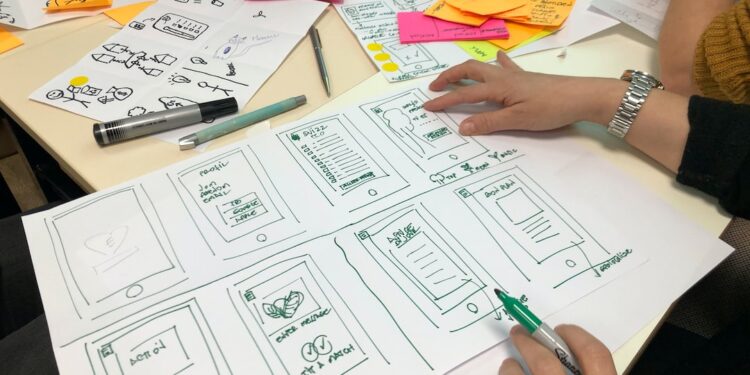Understanding the Principles of User Interface Design
In today’s technologically-driven world, user interface design has become an essential aspect of any software or website development process. Whether it’s a mobile application or a web platform, the success of a product greatly depends on its ability to provide a seamless and intuitive user experience. This is where the principles of user interface design come into play. In this blog post, we will explore the key principles that are foundational to creating effective user interfaces.
1. Keep it simple and intuitive:
One of the most important principles of user interface design is to keep things simple. A cluttered and complex interface can confuse users and hinder their ability to complete tasks efficiently. By prioritizing simplicity, you can ensure that users can navigate through your interface easily, find what they are looking for, and complete actions quickly. Removing unnecessary elements and reducing the number of steps required to accomplish a task will greatly enhance the user experience.
2. Consistency is key:
Consistency is another crucial principle in user interface design. Every element of your interface, from button placement to typography, should maintain a consistent style and behavior throughout the application or website. Consistency not only helps users understand how to interact with your product but also builds trust and familiarity. By adhering to a set of predefined design patterns and guidelines, you can create a seamless and unified experience for your users.
3. Provide clear feedback:
Feedback is an essential aspect of any user interface. Users need to know what is happening as they interact with your product. Providing clear feedback when actions are performed reassures users that their actions have been registered. Actions like button clicks, form submissions, or loading processes should all be accompanied by visual indicators or messages to keep users informed and engaged.
4. Prioritize readability and legibility:
Humans consume information through reading, and ensuring that your interface is of high readability and legibility is crucial. Choosing appropriate typography, font sizes, and color contrast will significantly impact how easily users can read and understand the content of your interface. Avoid using tiny font sizes or low contrast combinations as they can create eye strain and reduce the overall user experience.
5. Use proper visual hierarchy:
Visual hierarchy helps users understand the importance of different elements within the interface. It guides users’ attention to the most important areas and prioritizes the information they need to see first. By using size, color, positioning, and contrast, you can create a clear visual hierarchy that guides users through the interface and communicates the significance of each element.
6. Embrace responsive design:
With the rise of mobile devices, responsive design has become a necessity in user interface design. Ensuring that your interface adapts and scales seamlessly across different screen sizes and resolutions is crucial to providing a consistent experience to all users, regardless of the device they are using. Responsive design enhances usability and accessibility, enabling your product to reach a wider audience.
7. Test and iterate:
User interface design is an ongoing process, and it is essential to continuously test and iterate your designs. Conducting usability tests and gathering feedback from actual users will help you identify any usability issues and make necessary improvements. Iterating on your designs based on user feedback ensures that your interface evolves and improves over time.
In conclusion, understanding and applying the principles of user interface design is vital to creating a successful and user-friendly product. By keeping things simple, maintaining consistency, providing clear feedback, emphasizing readability, using visual hierarchy, embracing responsive design, and continuously testing and iterating, you can create interfaces that delight and engage users. Ultimately, placing the user at the center of your design decisions will yield a product that not only looks visually appealing but also delivers a seamless and intuitive user experience.















